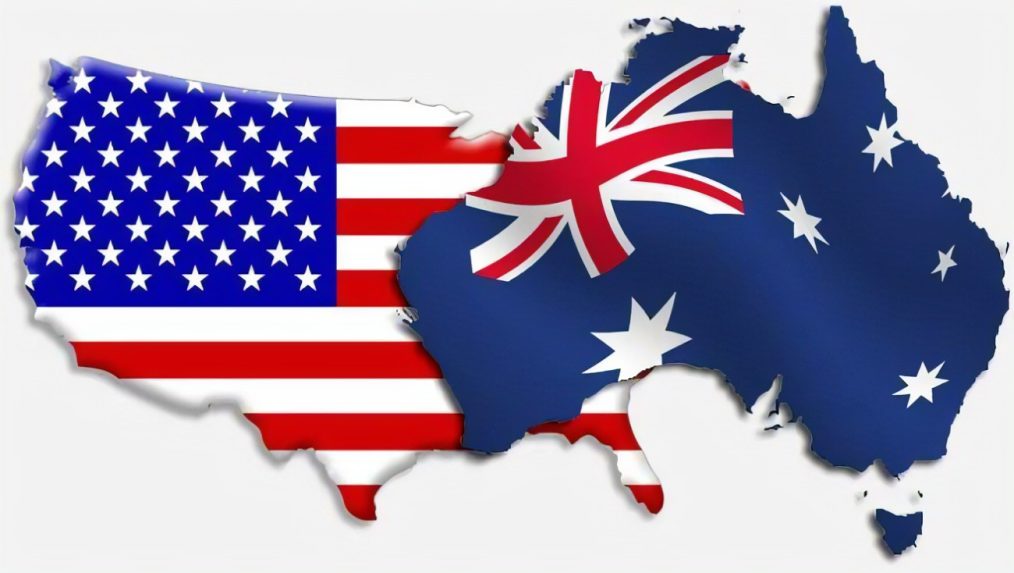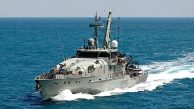
US Expands Military Presence in Asia-Pacific Amid Strategic Competition with China
Milblog
A recent study by the International Institute for Strategic Studies (IISS) highlights the significant disparity between the US and China in terms of combined military exercises conducted in the Asia-Pacific over the past two decades. From 2003 to 2022, the US led 1,113 exercises, compared to just 128 by China. Key military partners in these exercises include Australia, India, and Indonesia.
This focus on joint military operations coincides with Australia’s increased collaboration with Indonesia, formalizing a major defence pact last month. Indonesia has been involved in Australia’s biennial Exercise Pitch Black for nearly a decade, with a more prominent role this year. Despite these collaborations, Indonesia maintains a non-aligned stance, balancing relationships with the US, China, and Russia to foster regional stability and economic development. Concerns linger in Jakarta about potential disruptions to critical trade routes like the Strait of Malacca, driven by rising tensions between global powers.
In parallel, Australia has expanded its military infrastructure and exercises with the US, particularly in northern regions like the Northern Territory. These areas host large-scale exercises such as Pitch Black, Talisman Sabre, and others, involving forces from numerous nations. The US has also ramped up its military presence, including significant investments in expanding Australian bases, increasing rotations of US Marines, and potentially involving Japanese troops.
The growing military cooperation between Australia and the US is strategically important, as both countries focus on maintaining regional stability amid the geopolitical competition between the US and China. Australia’s 2024 National Defence Strategy underscores this by identifying US-China strategic rivalry as a key influence on the region’s security environment.
US military officials emphasize adapting tactics to the unique geography of the Indo-Pacific, with potential hotspots like the South China Sea influencing strategic preparations and capabilities across the region.




